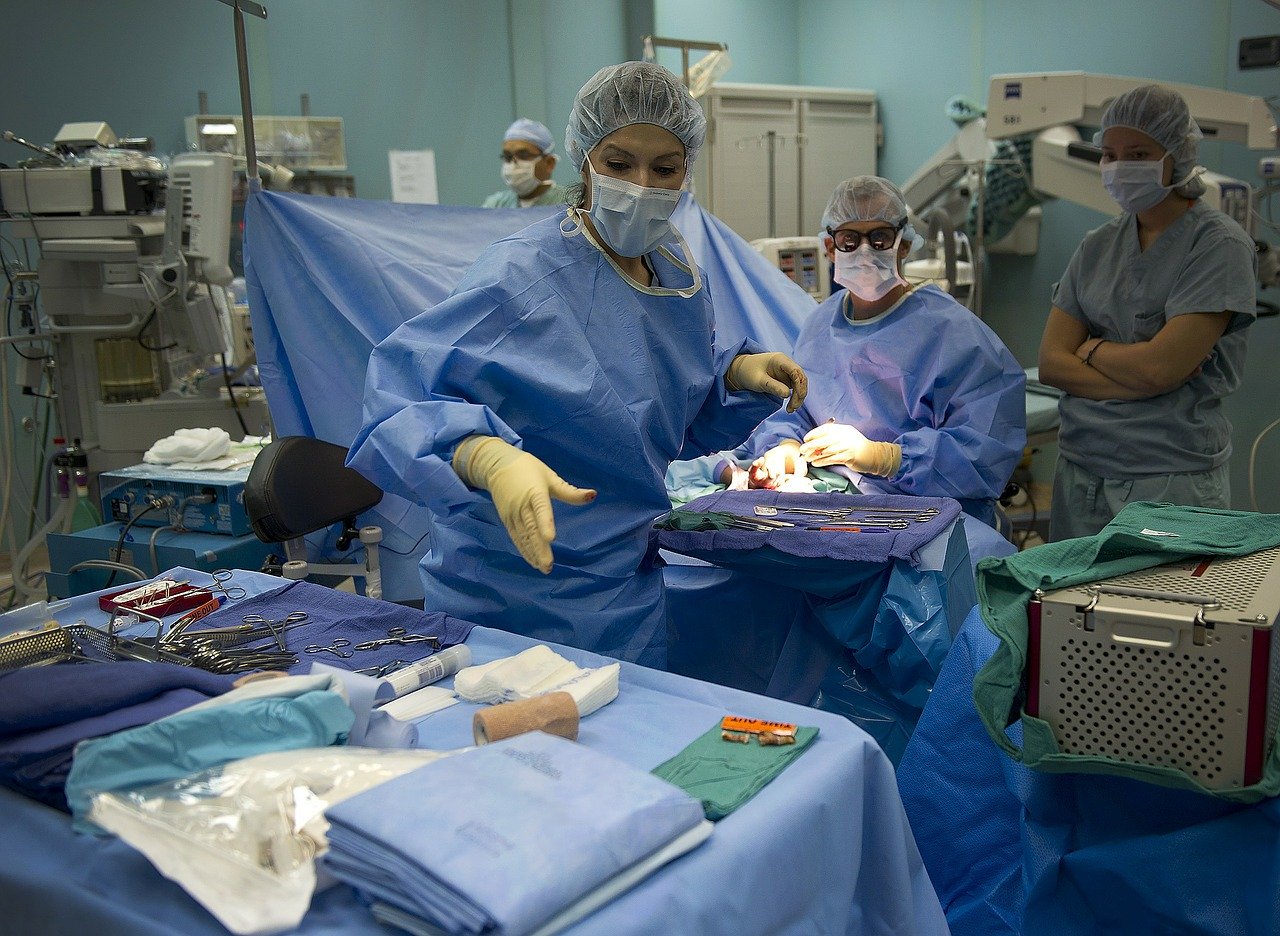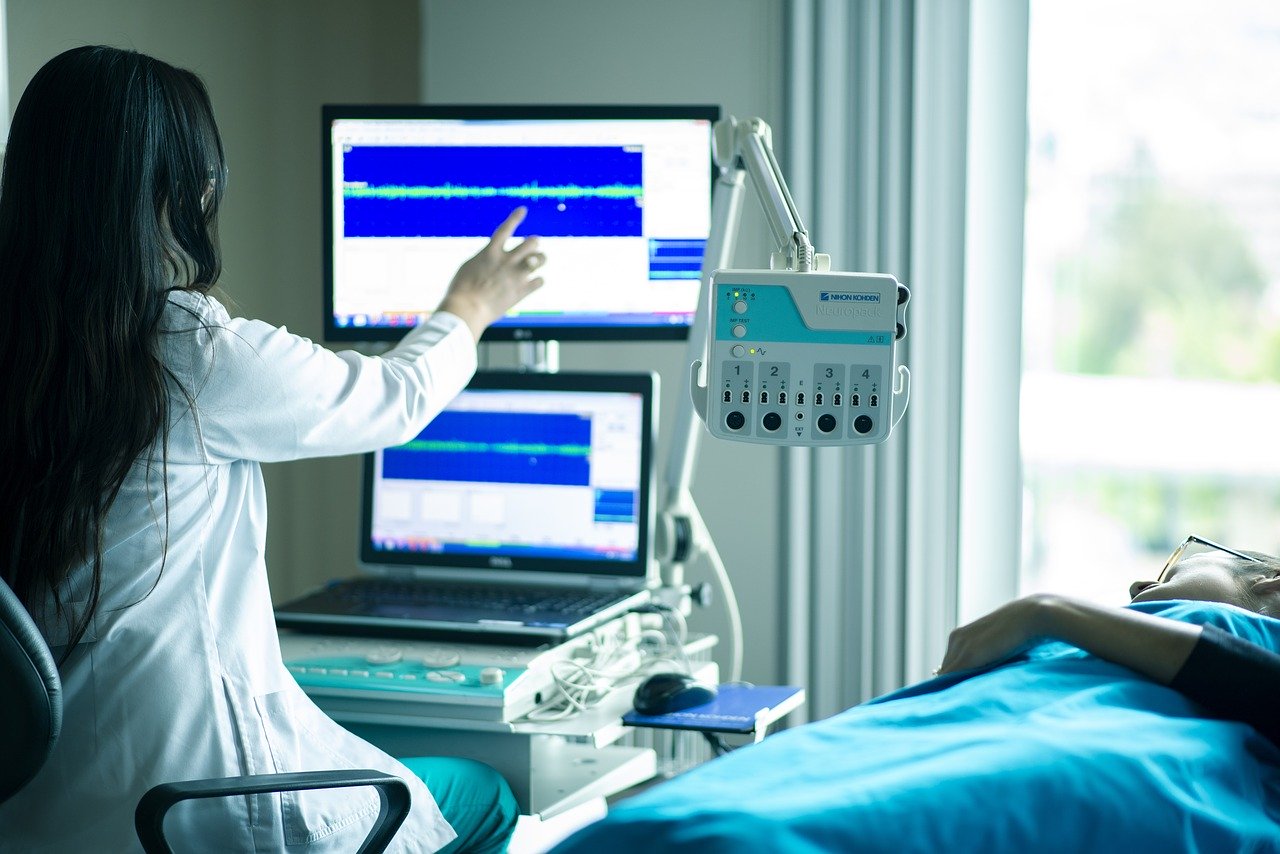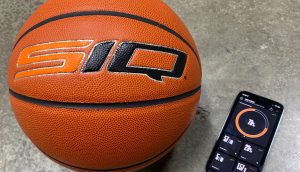The Most Used Medical Equipment in Hospitals
Today, on Redhead Mom, I’m sharing a partnered guest post about the most used medical equipment in hospitals.

The equipment that is used in hospitals like Gooding, ID medical center today is far more advanced than we ever could have imagined. It would now be almost impossible to treat patients without some of the technologies that have been produced in recent years. But even with our incredible machinery of today, hospitals still couldn’t live without their basic essentials, and if you want to work in these hospitals there’s a chance of getting an unexpected residency opening during off season too.
While every piece of medical equipment is necessary in its own way, some are more common than others but many people is interested in learning about these equipment as they want to get in health professions as well, and there are great resources for all these people at AlliedHealthCareer.com. We’ve discussed the most used medical equipment in hospitals below. These pieces of equipment require effective Medical Equipment Management to ensure and maintain their safety and functionality.
Ultrasound scanners
Most people know ultrasound scanners to be the devices that are used to capture the image of a baby inside a pregnant woman’s uterus, but they can also be used to look at organs in the abdomen, like the liver, bladder, spleen and pancreas. The high frequency sound waves emitted from an ultrasound machine reflect off the body’s organs and are used to create an image on a computer screen. Doctors can use this image to diagnose injuries, infections and diseases.
Scalpels
Sometimes, the most basic of equipment is timeless – as is the case with the medical scalpel. Even while technology has expanded so massively, there’s no taking away the fact that scalpels are the best tool for what they’re intended to do. In hospital settings, doctors rely on the use of scalpels when performing intricate surgeries.

Patient monitors
Patient monitors are essential for keeping track of a patient’s condition – they essentially do the job of a medical professional, while allowing that nurse or doctor to get on with other tasks in the hospital. Patient monitors usually use some form of medical sensor, such as sensors for medical oxygen equipment, to establish the patient’s current condition and enable the correct medication to be administered. However, if you need an EverFlo Oxygen Concentrator, you can visit a helpful site like mainclinicsupply.com for more info! It already has batteries fully charged and ready to go!
Defibrillators
In almost every corner of a hospital is a defibrillator. Defibrillators are found in many public spaces, but in no place is defibrillation more important than a hospital. Defibrillators can save a patient’s life by restoring a normal heartbeat, which they do by sending an electrical shock directly to the heart. When a patient is not responding to CPR or other life-saving attempts, defibrillators have proven far more effective. Engaging a professional for medical device registration is crucial due to their expertise in navigating complex regulations. Professionals from https://andamanmed.com/market-access-services/distribution-services/indonesia/ stay updated with the latest rules, ensuring compliance and avoiding costly mistakes. Their experience can help speed up the process, allowing manufacturers to focus on product development and distribution.
Surgical tables
Just as a doctor needs a scalpel to perform a surgery, surgical tables are also essential. These tables can be lifted or lowered to an optimum height, and are often on wheels, allowing them to be moved quickly from one location to another. In some surgical environments, supports and accessories may be required for patient positioning.
Wheelchairs and hospital beds
For patients who are feeling too weak to walk, wheelchairs come in handy for quickly transporting them from one area of a hospital to wherever they need to be. Hospital beds can do the same thing, but they are more important for enabling the patient to rest and recover in a hospital ward. These beds can usually be raised, lowered or tilted at an angle to suit the patient during recovery.
[wl_faceted_search]











Leave a Reply